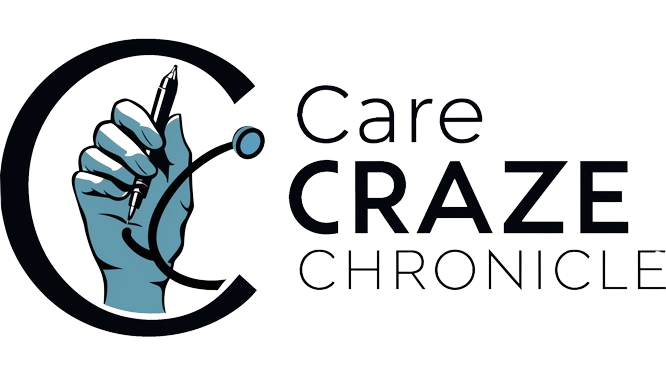Food labeling is essential for all food products. Producers are legally required to include this because it helps consumers make better decisions when buying, storing, and consuming food.
Importance
Food producers are required by law and by Good Manufacturing Practices (GMP) to label their products appropriately primarily to ensure the health and safety of the general public. Just by looking at a packaged product, consumers should immediately know what it is, what’s in it, how they can prepare it, and until when it can last on their fridge or shelf.
Food labels also prevent manufacturers and sellers from misleading their customers. Food fraud does not just affect consumers’ finances but also may negatively impact their health.
This is also used to reduce food wastage. According to the Codex Alimentarius Commission, the international body dealing with technical and policy matters on food labeling, date markings on food products are directly linked to food waste. Having a full understanding of “best before,” “use by,” and expiration dates can help prevent this serious world problem.
10 Must-Haves in Food Labeling
Must-Haves in Food Labeling
Different countries will have particular standards for food labeling. However, most will have these ten basic labeling requirements for food products:
Name and Standard of Identity
Aside from the brand name, the actual product with a specific description of what it is should be clearly stated on the packaging. For instance, apricot jam and apricot preserve are two completely different items.
Net Content
This refers only to the food’s weight or volume. The packaging must be excluded. However, for canned products, the liquid is included in the net weight.
Date
This could either be a “Use By” or “Best Before” date. The former is often indicated on perishables like fresh meat, fish, poultry, and milk products. The latter is generally found on pantry items with longer shelf life like cereals, flour, and canned products. Bread, pastries, and similar food products usually have a “Baked On” date.
Batch Number
Aside from the expiry dates, this number is important so that food products can be safely recalled in cases of accidental contamination or similar problems.
Ingredients
Every single component in the food product must be listed on the label, from the one with the highest proportion to the one with the least. Any chemical additives must have their functional name, as follows: PRESERVATIVE “butylated hydroxyl toluene (BHT)”.
Allergen Information
This is one of the most important labeling requirements for food because even the smallest amount of allergen could trigger a major health emergency. Nuts, shellfish, milk, eggs, and similar allergens must be printed in bold below the list of ingredients.
Nutrition Information
This panel shows the calories (kilojoules), carbohydrates, protein, fat, and other vitamins and minerals per serving size.
Instruction for Storage and Preparation
Consumers should be informed as to how food products can be specifically stored (e.g., keep frozen or chilled in the fridge once opened) or cooked.
Manufacturer Information
The complete name and address of the manufacturer should also be indicated on food labels. If these have been packed, distributed, or imported by another company, their information should be included as well.
Country of Origin
This is a requirement under the Food and Drug Administration (FDA) and must be printed in close proximity to the manufacturer information. Other countries, like New Zealand, do not consider this a must-have.
SafetyCulture for Food Labeling Compliance
Eliminate manual tasks and streamline your operations.
Get started for FREE
Source
